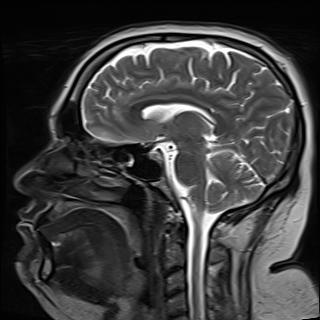

Yeah, I could really see this be super annoying. Especially when troubleshooting or if you just want to launch the vanilla game.


Yeah, I could really see this be super annoying. Especially when troubleshooting or if you just want to launch the vanilla game.


Never in my life have I regretted putting more RAM into my computers. When faced with deciding between similarly priced graphics cards going with the higher RAM option was always the right choice in the long run. Because higher resolution textures always make an otherwise low game look great.
If I knew an adventurous spirit with great soldering skills and greater insurance I would go for the 32 GB upgrade on my Deck.


This one https://github.com/ValveSoftware/SteamOS/issues/1257
Had it as well. I’m actually not sure if I still have it. Crashes became less frequent after the RMA but they still happen. And if they do start happening again they get more frequent until I do a cold reboot.


Baldur’s Gate 2
Sadly I just can’t read so much at the moment.


Damn, it’s really bad if even IGN can see that.


Nice! I can’t wait to start and never finish RDR 1.


I know, I have many of them. Most of them I specifically bought when they got Linux support, like Tomb Raider and Alien Isolation.
Not a single commercial game runs as well natively as it does through Proton. Tomb Raider - has much worse graphics. Alien Isolation - for some reason the DPad doesn’t work. Baldur’s Gate - I have to supply some old openssl (or so, can’t remember) library. And I shudder at the thought of trying to get Unreal Tournament 2004 or Doom 3 (not the open source version) running. I should try to dig out my disc for Ankh to see how hard it is to get that one running.
Maintained games and especially open source ones run great. But the sad reality is that it costs money to maintain software. Linux backwards compatibility is abysmal. It is much easier to get a 20 year old Windows game to run than a 20 year old Linux game.
Though to be fair, it is also hard on Windows to get a 20 year old Windows game to run. Wine is just a great piece of software.
I would love to have more native games. My own game is native as well. And luckily most indie devs usually also bring out a native port. And still most of the time the Windows version via Proton just runs better.


Sadly this has more or less died with unmaintained games. It’s a pain the arse to get old native games working. And for many titles the Windows version with Proton works much better than the Linux native one. Win32 has somehow become the most stable Linux API.
Here I thought that was the introduction to a new Depressive Comic Week. Haven’t had one in ages.


I remember being stuck at one point as a kid. Eventually I gave in and ordered the official hint book. Mind you, that meant physically mailing a paper and I guess the money to the company and then waiting several weeks for the reply.
I finished the game two days before the book arrived (use physics book with horse). But it was still worth it. The book also contained a novelization of the story written by Bernard. Title: My Physics Adventure or It’s Never Too Late To Stop Polution So Let’s Start Yesterday


To be “fair”, it’s pretty hard to look better because the original looked great. I would have paid full price for just a straight PC port.


Now I don’t feel so bad about buying it a few weeks ago and barely playing.


It’s meant for games but I haven’t found a better remote desktop solution than Sunshine (server) and Moonlight (client).
By default Sunshine is configured to only accept one client but that can easily be remedied.


I very rarely use big picture mode. I’m mostly on a KDE desktop. I’ve set up a shortcut to open Steam through gamescope in Big Picture mode for the rare occasion that I need it. In that case KDE’s wayland session keeps running in the background.
I have also set up gamescope with Steam as a separate login session but I can’t remember if I ever felt the need to use that.
Usually I just have Steam running in desktop mode in the background for the controller settings and the mostly superior on screen keyboard. I never noticed any slowdowns in games. I even managed to get Cities Skylines to run more stable than on SteamOS. But that might be due to zram.
Had a CyberMaxx VR headset back in the days. It had a whopping resolution of 505x230 per eye at a combined 60 Hz (so each eye only got 30 Hz). Headtracking worked with 3 degrees of freedom. The included mouse driver for DOS made the head tracking available for every DOS game even if it didn’t have support. It came with Tekwar and a Flight Unlimited demo I never could get to run.
Some games worked with stereoscopic 3D. That was about the only really awesome thing about the headset. But the 30 Hz displays made sure that you could only play for a short while anyways. Descent was nausea inducing on its own. But in VR it was a guaranteed pukefest.
Thinking about playing with the headset was always much better than actually doing it. I’d pull it out every few years and then put it back into storage. Last I heard it died at my brother’s.


OpenSUSE Tumbleweed.
Hardest part was getting full disk encryption working with an on-screen keyboard to enter a passphrase at boot. I used unl0kr for that which wasn’t (probably still isn’t) in the OpenSUSE packages.


I’m just happy that all the sources are made available by Valve to make this possible. Even though I wish they would upstream them much quicker. But at least it has enabled me to run a normal Linux distribution on my Deck and enhance it as I saw fit.
This dance makes me imagine Crips and Bloods dancing at each other like in West Side Story.